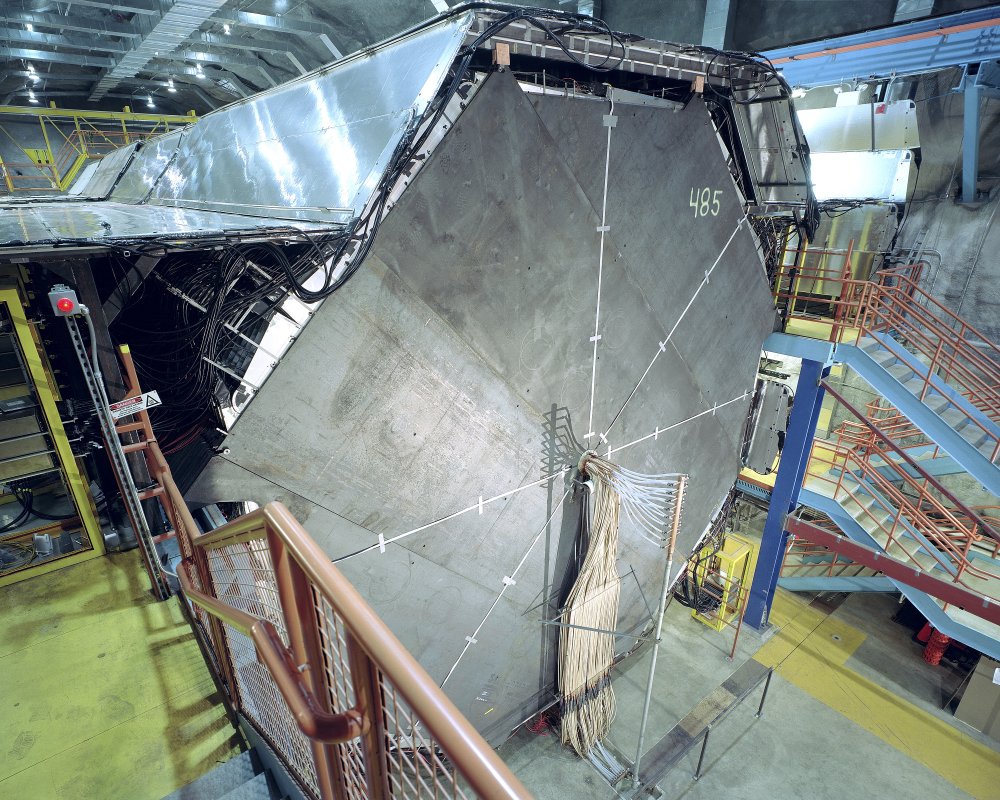URL: https://physikseminar.desy.de/zeuthen/past_colloquia/colloquia_in_2011/september_7_2011/@@siteview
Breadcrumb Navigation
New Results from Long Baseline Neutrino Oscillation Experiments
Alfons Weber (University of Oxford & STFC Rutherford Appleton Laboratory)
Seminar Room 3, 15:00h
While all eyes are turned to the LHC expecting the discovery of the Higgs boson or new physics, it has often been forgotten that physics beyond the standard model has long been discovered in the neutrino physics.
Over the last two decades there was mounting evidence coming from experiments measuring solar and atmospheric neutrinos that neutrinos undergo flavour transitions and therefore have to have mass. Most of the data indicates that these transitions are driven by neutrino oscillations, which are caused by the fact that neutrino mass- and flavour-eigenstates are not identical. The last few years have seen precision measurements of these transitions, which allowed the determination of the neutrino mixing angles of the so-called PMNS matrix, which is the neutrino equivalent of the well-known CKM matrix of the quark sector. Some of the mixing angles have been well measured, while some others still need to be determined.
The seminar will summarise the latest oscillation measurements coming from the accelerator based long-baseline oscillation experiments MINOS and T2K. Emphasis will be given to the latest indication that muon to electron neutrino transitions are happening over distances of several hundred kilometres. This signal will allow the measurement of \Theta_{13} the last unknown mixing angle. If these indications are confirmed, CP violation could be present in the neutrino sector and neutrinos might hold the key to understand the matter anti-matter asymmetry of the universe.



